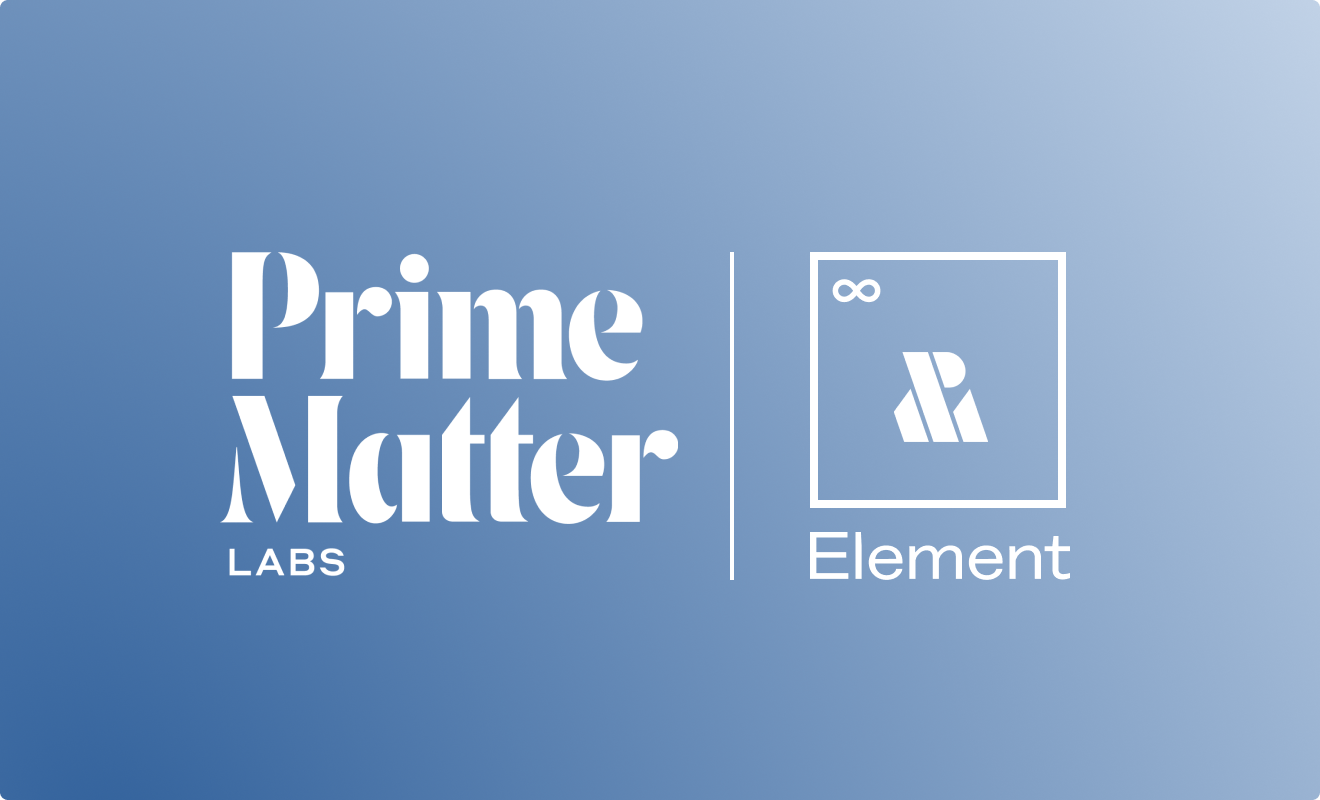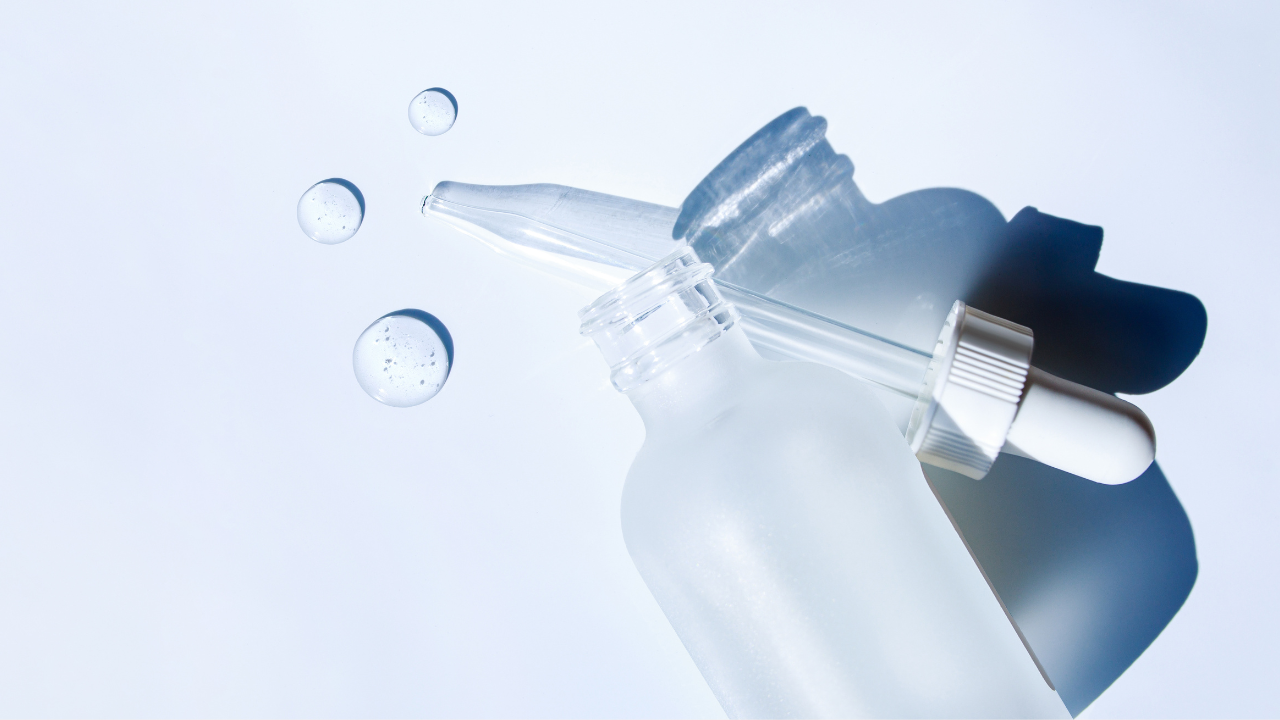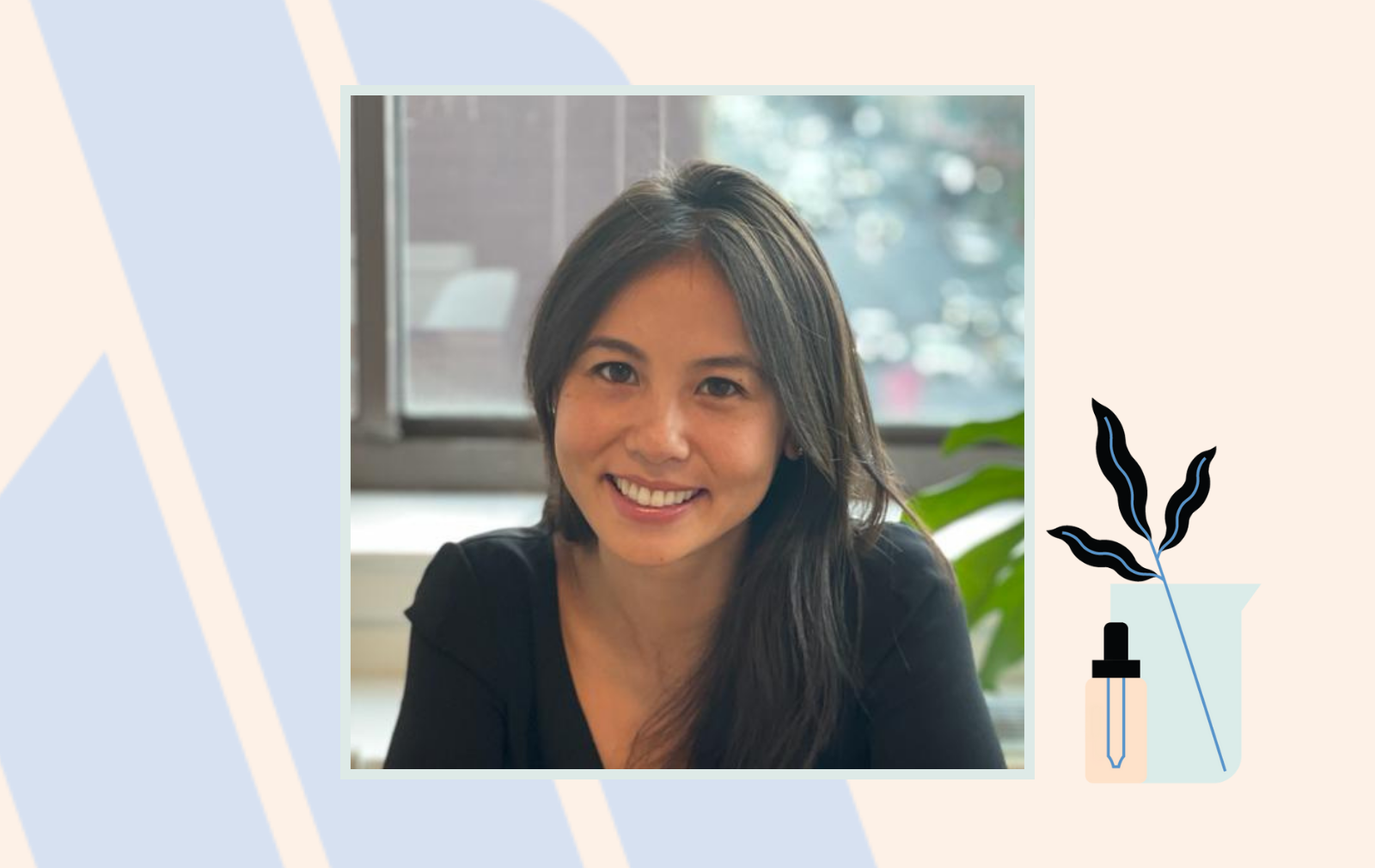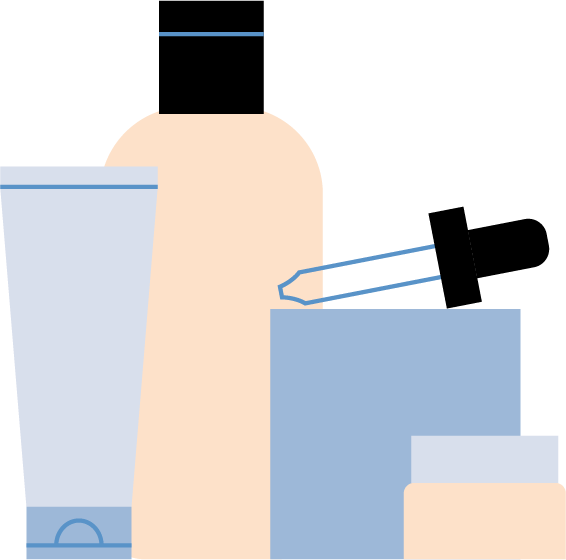
Jennifer Hurtikant, Chief Science Officer at Prime Matter Labs, is featured in Beauty Independent's 'Are Beauty Products Better Made Today Than A Decade Ago?' The article is part of BI's No Stupid Questions series which features industry experts weighing in on current industry hot topics. The question for this series included: Are beauty products today made better than they were a decade ago? How can the beauty industry make sure they will be made better a decade from now?
Hurtikant's response:
There’ve been many improvements in the beauty industry over the past decade. One area where there have been significant advancements is the ingredients used in beauty products.
For example, retinol has become a staple ingredient in many skincare products due to its proven effectiveness. Over the years, research and development have led to the formulation of more stable and efficacious versions of retinol, enhancing its benefits while minimizing potential side effects such as irritation.
We’ve also seen improvements in beauty staples like vitamin C, thanks to advancements in stabilization technology and new delivery systems and formulations to enhance the absorption into the skin. The development of biotechnology in the industry has also helped to produce more efficacious and sustainable ingredients that are better for the environment as well as the consumers.
The discovery of bio-retinols has provided a natural form of vitamin A with the same efficacy and without side effects like redness, photosensitivity, etc. Advancements in packaging technology have also contributed to prolonging the shelf life of beauty products and providing consumers with more sustainable options.
There has also been a notable increase in diversity across various aspects of the beauty industry, although there is still room for more. This includes diversity in test subjects in clinical studies, ensuring that products are tested on a wider range of skin types and tones, leading to formulations that cater to a more inclusive audience.
Additionally, there is greater diversity among the professionals involved in creating beauty products, leading to more innovative and culturally inclusive offerings. Moreover, there is a growing recognition of the needs of underserved communities, resulting in products tailored to address a broader spectrum of skin concerns and requirements.
Along with an increase in popularity with consumers, sun care has also seen advancements in formulations with more cosmetically elegant products that do not leave behind a white cast. This innovation has addressed a common concern among consumers, making sunscreen application more appealing and encouraging regular use, thereby improving sun protection and reducing the risk of skin damage and premature aging.
The advancements listed previously reflect the ongoing commitment of the beauty industry to innovation, inclusivity and environmental responsibility, but there are still more improvements that can be made to benefit the industry and consumers, especially with regulations. While there have been some recent improvements and updates thanks to MoCRA, there is still a need to update our regulatory framework to better respond to the needs of consumers and brands.
Regulations around sunscreens is one of the best examples of a need for updates because the U.S. is behind the rest of the world in the amount of approved sunscreen filters. We haven’t introduced a new sunscreen filter since 1999 due to strict regulations around the category and its OTC classification. This limits innovation and provides consumers with fewer options for their individual needs.
A more nimble regulatory framework that also prioritizes safety for consumers would benefit everyone and result in better products and protection. In addition, we will always see advancements in our industry as new technologies allow for innovative ingredients and textures to be created. Lastly, it will be interesting to see how AI will influence how we do research.
Read the full article here.













